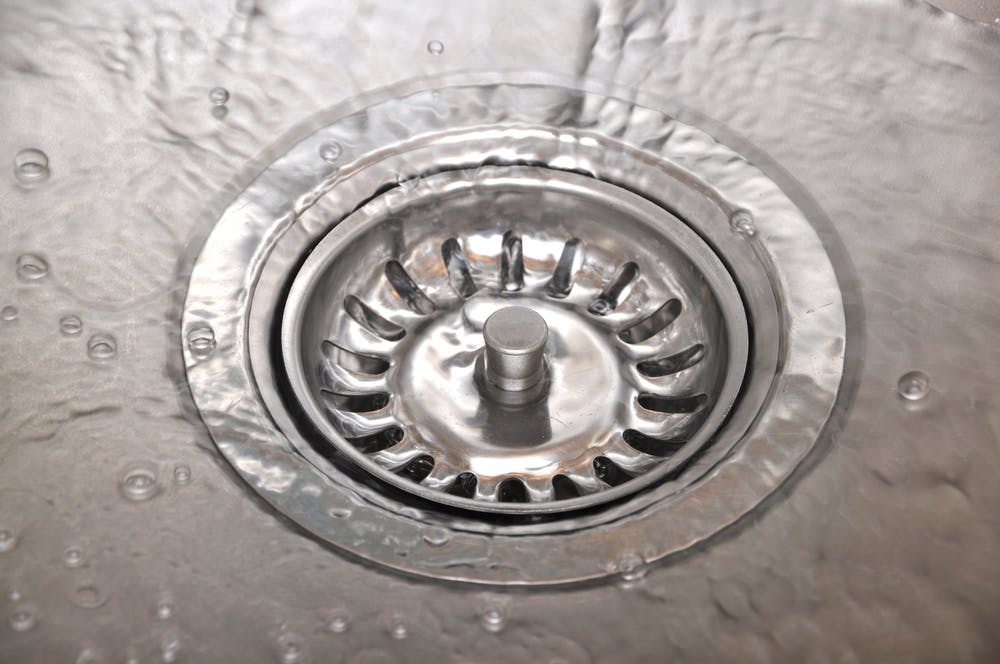How Your Drainage System Works (Simple Beginner’s Guide)

Understanding how your home’s drainage system works is key to preventing issues like blocked sinks, overflowing gutters, and water pooling around your property. At Pleasant Plumbers, we know that even a basic knowledge of your drainage layout can help you catch small problems before they become big ones — saving time, money, and damage to your home.
In this guide, we break down the components of a typical house drainage system, how it works, and the most common issues homeowners face — especially in older London homes where mixed drainage systems still exist.
What Is Drainage?
In simple terms, drainage is the system that carries used water and waste away from your home into the public sewer. This includes wastewater from your sinks, toilets, baths, and appliances like washing machines and dishwashers.
Household drains rely on gravity, not pressure, to move water efficiently. That’s why pipes must be installed at the correct gradient. The closer your drain is to a vertical drop, the quicker the water flows. Shallow or horizontal pipework is more prone to soap scum, grease, and debris buildup, leading to blockages.
What Is Plumbing?
Plumbing refers to the entire water system inside your home, including both incoming clean water and outgoing wastewater.
- Supply plumbing brings clean water from the mains into your home.
- Wastewater plumbing carries used water out through your drainage system.
Every home has a water meter and a main stop valve (usually nearby), which you should know how to access in case of emergencies like burst pipes or uncontrolled leaks.
Foul Water vs Surface Water Drainage
Foul Water Drainage
This removes all used water from inside your home, including:
- Toilets
- Showers & baths
- Kitchen sinks
- Dishwashers & washing machines
Foul water must be directed to a sewage treatment plant via your foul drainage system.
Surface Water Drainage
This handles clean rainwater collected outside the home, such as:
- Gutters
- Driveways
- Patios and sports fields
This water is generally directed to a soakaway, river, or storm drain, as it’s not contaminated.
⚠️ In older London homes, the two systems are sometimes combined. This can lead to problems like flooding during storms or contaminated surface water entering public waterways. We strongly recommend checking if your system needs separation or updating.
How Does the Drainage System Work?
Your household drainage system is a gravity-fed network of pipes that carry wastewater from your sinks, toilets, baths, and appliances into larger underground pipes, eventually connecting to your local authority's sewer network.
No pumps or pressure are used. All water flows downwards naturally, so blockages or flat sections can quickly become a problem if left unchecked.
Key Components of a House Drainage System
Being familiar with common parts of your drainage system can help you spot issues early:
- Fixture Drains: The open drains you see in sinks, showers, and baths.
- U-Bends / P-Traps: Curved pipes under sinks and baths that hold water to stop sewer gases from rising.
- Toilet Trap: Similar to a P-trap, but built into the toilet bowl.
- Standpipe (for washing machines): The exposed pipe that your machine drains into.
- Branch Drain Lines: Horizontal pipes connecting multiple drains to the main line.
- Main Drain Line: Located underground, it carries all wastewater from your home to the sewer.
- Shut-Off Valve: Typically near the water meter — this is your first line of defence in a plumbing emergency.
Common Drainage Problems in UK Homes
Drainage issues can often be avoided with a little prevention. Here are the most common ones we deal with:
🚫 Blocked Drains
Slow or smelly drains usually mean grease, soap scum, or debris buildup. Hot water and natural cleaners may help, but persistent issues need professional clearing.
🌫️ Attic Mildew
Poorly vented bathroom fans or rising moisture can lead to attic mildew. Better ventilation or redirecting vents outside solves the issue.
🌱 Waterlogged Lawns
If your lawn is always soggy, a French drain, rain garden, or soakaway can relieve pressure and prevent pooling.
🛣️ Driveway Pooling
Install surface drainage like a catch basin or adjust the landscaping to improve water flow.
🏚️ Overflowing Gutters
Often due to leaves, debris, or small animals nesting. Cleaning regularly helps, but poor design, dislodged pipes, or undersized systems may require professional repair.
📉 Downpipe Problems
If your downpipes can’t handle heavy rain, water may pool around your foundations. Installing gutter extensions or redirecting flow to a suitable part of the garden is a must.
Key Takeaways
- Your drainage system is vital — and understanding it helps you prevent costly problems.
- Learn where your stop valve and water meter are located.
- Separate your foul and surface water systems (especially in older homes).
- Watch for signs like slow drains, lawn pooling, or gutter overflow.
- For severe blockages or suspected structural issues, always call a professional.
Need Expert Help with Drainage in London?
If you suspect a drainage problem in your home, don’t wait. Our team of expert engineers is here to help — from CCTV surveys and drain clearance to full system upgrades.
📲 Call or WhatsApp 0800 046 1000
📧 Email [email protected]
🌐 Visit pleasantplumbers.com
Searching 'Plumber Near Me?' Plumber London or Commercial Plumber London? We operate all across London! If you need a trusted plumber in London then get in touch with us today.
Pleasant Plumbers – Where Trust Flows Like Water.